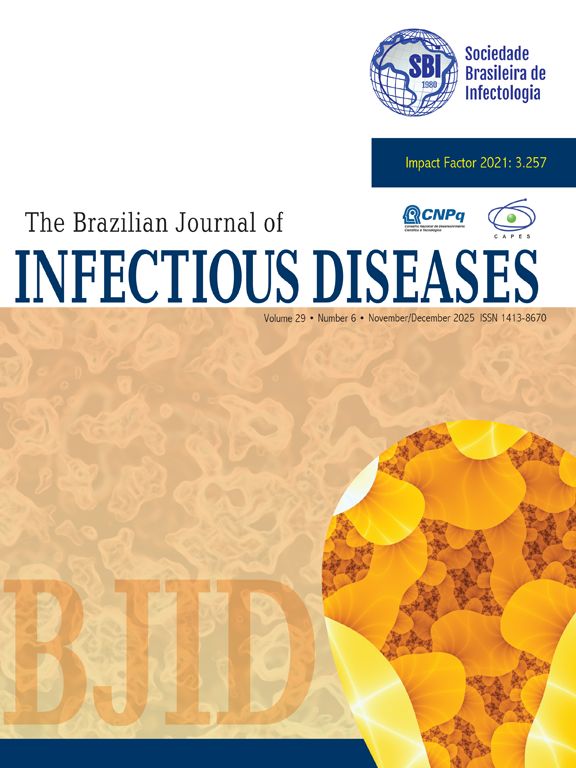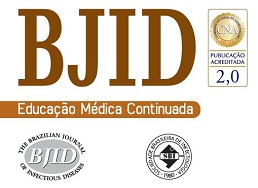To determine the prevalence of class A extended spectrum β-lactamases (ESBL)-producing Escherichia coli and Klebsiella spp., and to investigate clonality among ESBL-producing isolates of nosocomial and community infections. Methods: The study involved 354 nosocomial infections samples and 992 community infections samples, obtained between 2003 and 2006 at Caxias do Sul, RS. The detection of ESBL was performed by the disk-diffusion test. Presence of blaCTX-M, blaSHV and blaTEM β-lactamase genes was evaluated by PCR, and genomic typing was determined by pulsed-field gel electrophoresis analysis. Results: Higher frequency of ESBL-producing isolates were detected among nosocomial samples of E. coli (6.7%) and Klebsiella (43.7%), than those obtained from community infections (0.4% and 2.6%). blaTEM and blaCTX were the most prevalent ESBL gene families in both E. coli and Klebsiella isolates. Different pulsotypes were obtained among ESBL-producing E. coli and 11 clones for Klebsiella spp., which occurred over the years and in different hospital wards. Among ESBL-producing K. pneumoniae, 74.3% transferred ESBL genes by conjugation and exhibited concomitant decreased aminoglycosides susceptibility. Conclusion: ESBL-producing E. coli, and especially K. pneumoniae are essentially a nosocomial problem, and their dissemination to the community is relatively limited. The great genetic variability observed among ESBL-producing bacteria indicates polyclonal spread and high transference of ESBL genes between bacteria in the hospital environment. This information is of paramount importance for nosocomial infection control.
The Impact Factor measures the average number of citations received in a particular year by papers published in the journal during the two preceding years.
© Clarivate Analytics, Journal Citation Reports 2025
SRJ is a prestige metric based on the idea that not all citations are the same. SJR uses a similar algorithm as the Google page rank; it provides a quantitative and qualitative measure of the journal's impact.
See moreSNIP measures contextual citation impact by wighting citations based on the total number of citations in a subject field.
See more



